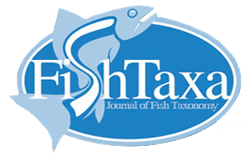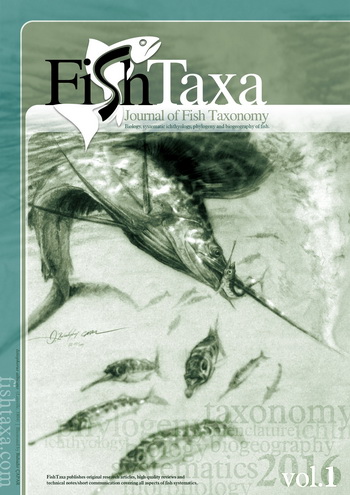Analysis of Carapas Width and Weight on Maturity Level of Swimming Crab (Portunus pelagicus) as Basis for Sustainable Resource Management in the Eastern Waters of Surabaya
Nurul Rosana Department of Fisheries, Hang Tuah University,
Erik Sugianto Department of Marine Engineering, Hang Tuah University
Hari Subagio Department of Fisheries, Hang Tuah University
Siswo Hadi Sumantr Department of Public Administration Doctoral Program, Hang Tuah University.
Ninis Trisyani Department of Fisheries, Hang Tuah University,
Abstract
Swimming crab (Portunus pelagicus) is one of the fishery commodities that has important economic value and has become an export product from Indonesia with high value. Swimming crab catching is done by using gillnet fishing gear by fishermen, especially in East Surabaya waters. The purpose of the study was to analyze the effect of carapace width and weight on the age of swimming crab as a basis for sustainable management of swimming crab resources in Eastern Surabaya waters. The research method used was a descriptive quantitative method, with a survey data collection method, namely by measuring the carapace width and weight of swimming crabs from the catch of fishermen in East Surabaya waters. Data analysis to determine the effect of carapace width and weight on swimming crab maturity level was a correlation test, significance analysis using the F test to determine the effect of independent variables on the dependent variable simultaneously, partial analysis using the t-student test, and determining the regression model. The results of the study stated that carapace width and weight influenced the age of swimming crabs caught in Eastern Surabaya waters. Carapace width and weight can be used as important parameters in determining the maturity level of a swimming crab. The weight of the swimming crab influenced the maturity level of the swimming crab although not as much as the carapace width parameter. The average carapace width was 89.07 mm, the weight of the swimming crab was 101.93 g and the stadia of the swimming crab in adulthood was 89%. The results of the study can be used as an insight into the sustainable management of swimming crab fisheries in the eastern waters of Surabaya.

